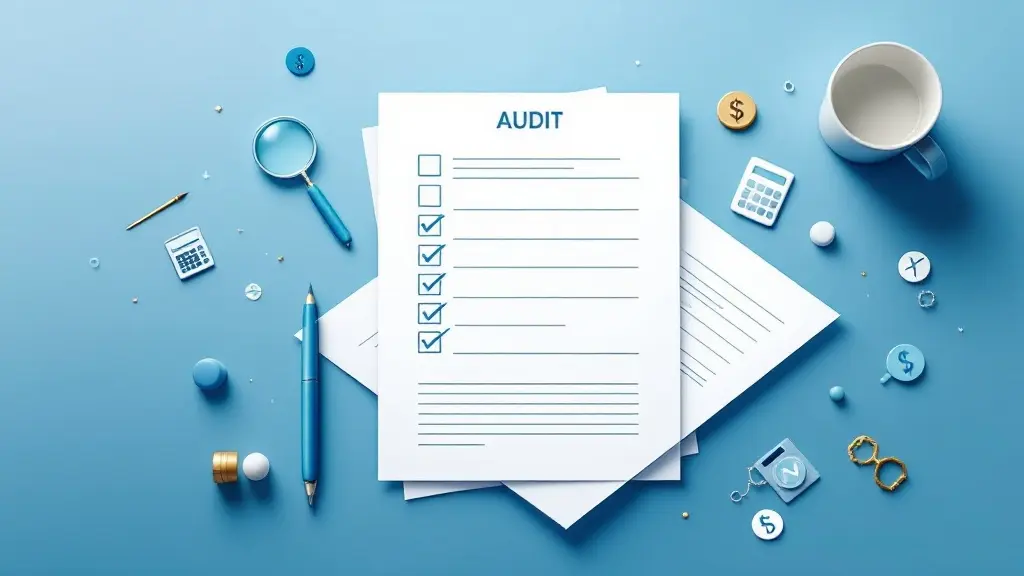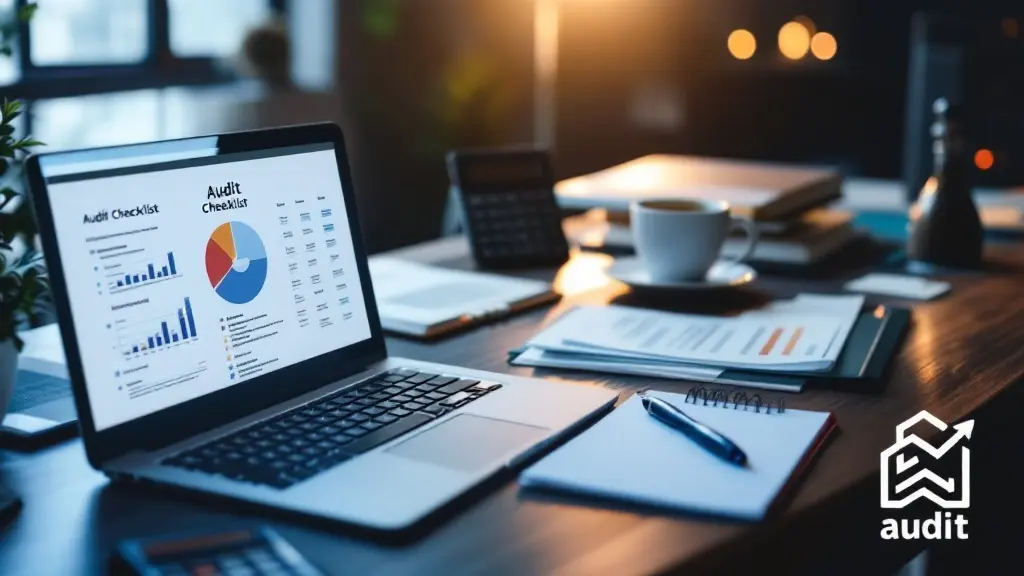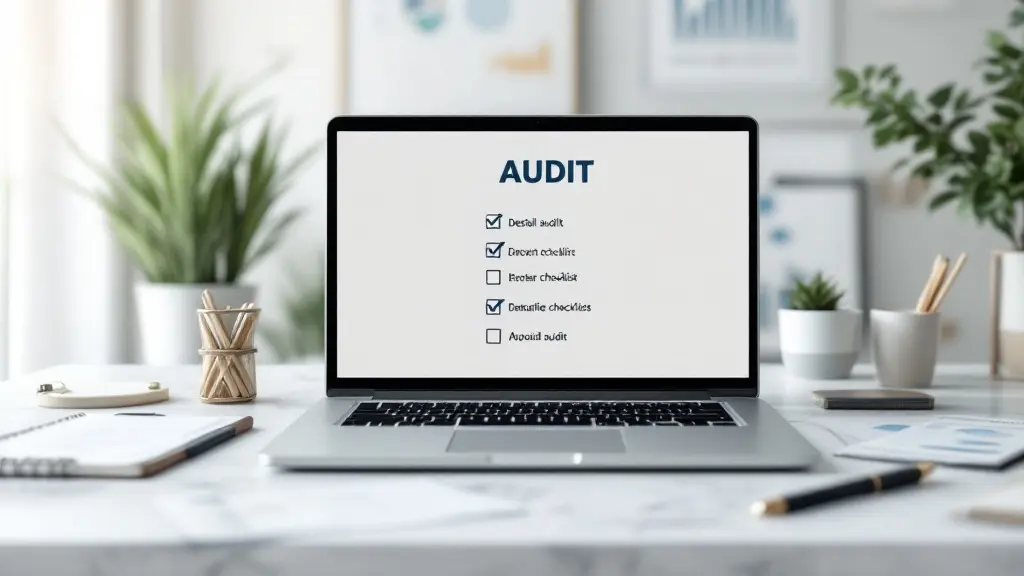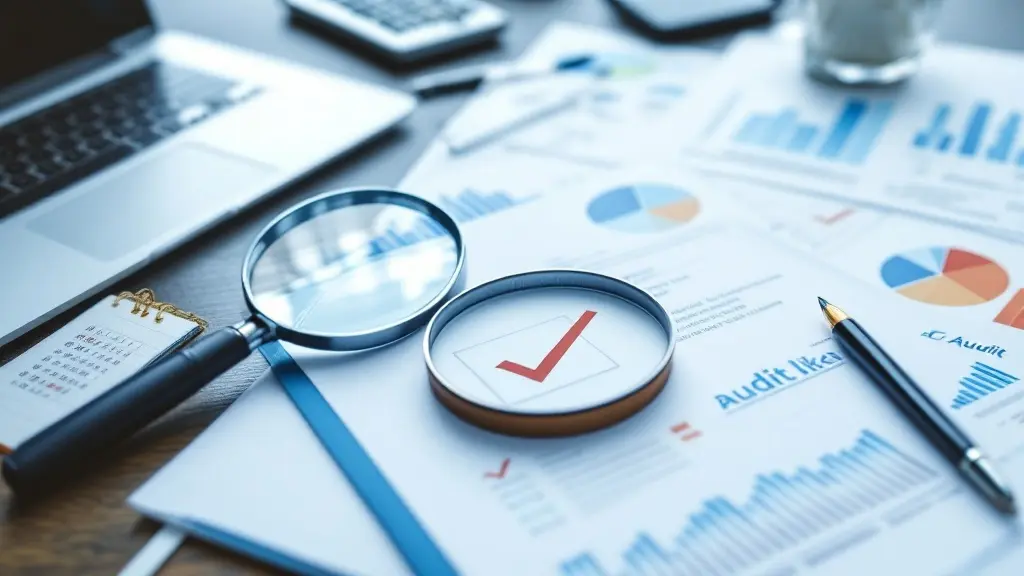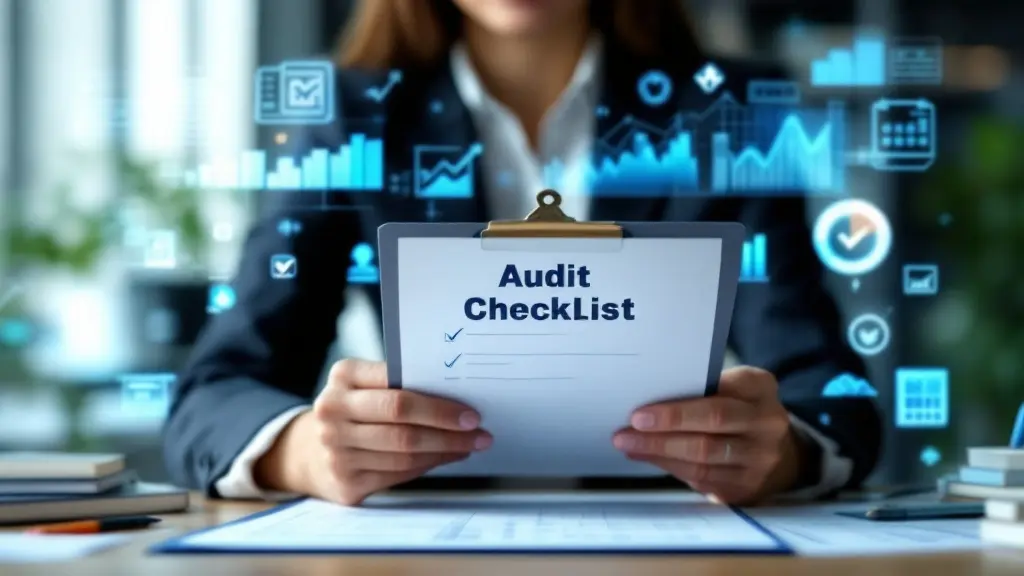Understanding Assets and Equity: The Cornerstones of Financial Health
Table of Contents
Most Read
[fusion_dropcap class="fusion-content-tb-dropcap"]I[/fusion_dropcap]ntroduction
In the world of finance and accounting, terms like “assets” and “equity” are fundamental to understanding a company’s financial position. Whether you’re a business owner, an investor, or simply someone interested in learning more about financial concepts, understanding these two elements can provide valuable insights into the financial health of a company. In this article, we’ll explore what assets and equity are, how they relate to each other, and why they matter to businesses and individuals alike.
By the end of this post, you’ll have a solid understanding of how assets and equity contribute to building wealth and managing financial resources effectively.
What Are Assets?
At its core, an asset is anything of value that an individual or company owns. Assets can take various forms, ranging from physical items like real estate and machinery to intangible items such as patents, trademarks, and financial investments. In financial accounting, assets are usually classified into two major categories: current assets and non-current assets (also known as long-term assets).
Current Assets
Current assets are those that are expected to be converted into cash or used up within a year. They are essential for maintaining the daily operations of a business. Some examples include:
- Cash: The money a company holds in hand or in its bank accounts.
- Accounts Receivable: Money owed to a company by its customers for goods or services provided on credit.
- Inventory: Raw materials, work-in-progress, and finished goods ready for sale.
- Short-term Investments: Investments that can be easily liquidated, like stocks or bonds.
Non-Current Assets
Non-current assets, on the other hand, are long-term investments that a company intends to hold for more than a year. These assets are typically used in the production of goods and services. Some examples include:
- Property, Plant, and Equipment (PPE): Physical assets like buildings, machinery, and land that are used for operations.
- Intangible Assets: Non-physical assets such as intellectual property, brand value, goodwill, and patents.
- Long-term Investments: Stocks, bonds, or other investments that are expected to be held for more than a year.
Why Are Assets Important?
Assets are essential because they represent the value that a business owns, which can be leveraged for growth, investment, or security. In financial analysis, the total value of a company’s assets is often used to assess its size, performance, and ability to generate income.
What Is Equity?
Equity refers to the ownership value in an asset or business after deducting any liabilities (debts). In simpler terms, equity represents the net worth of an entity. It’s what the owners or shareholders “own” once all the debts have been paid off. In a company, equity is typically split among the shareholders, while in personal finance, it represents the amount of ownership an individual has in their property or investments.
Types of Equity
- Owner’s Equity: This is the portion of the business owned by the individual or individuals who have invested in it. It can be calculated as: Owner’s Equity = Assets – Liabilities
- Shareholder Equity: For corporations, this represents the equity held by shareholders. Shareholder equity is often listed on the balance sheet and includes:
- Common Stock: The capital raised by issuing shares of stock.
- Retained Earnings: Profits that have been reinvested in the business rather than distributed as dividends.
- Additional Paid-In Capital: The amount shareholders pay above the par value of shares issued.
Why is Equity Important?
Equity is a crucial indicator of financial health. It shows how much the owners or shareholders stand to gain if all assets were sold and liabilities paid off. A positive equity value indicates that the business is solvent, while negative equity suggests financial distress.
How Do Assets and Equity Relate?
Assets and equity are intrinsically linked in financial accounting. While assets represent what a business owns, equity represents the value of those assets once liabilities are subtracted. In other words, equity is the net value of the assets owned by the company after it has settled its debts.
To illustrate this relationship further, consider the basic accounting equation:
Assets = Liabilities + Equity
This equation forms the foundation of double-entry bookkeeping and shows that a company’s total assets are financed either by borrowing (liabilities) or by owners (equity). The balance sheet is a financial statement that summarizes this equation, giving a snapshot of a company’s financial position at any given time.
Example: Assets and Equity in Action
Let’s walk through a simple example to better understand the relationship between assets and equity.
Imagine a business owner, Sarah, who starts a company with an initial investment of $100,000. The company purchases a piece of machinery worth $60,000 and a building for $40,000. The company also takes out a loan of $50,000 to help with funding.
Here’s how the equation would look:
- Assets: Machinery ($60,000) + Building ($40,000) = $100,000
- Liabilities: Loan = $50,000
- Equity: Assets ($100,000) – Liabilities ($50,000) = $50,000
In this example, Sarah’s equity in the company is $50,000, as this is the portion of the assets she owns outright after paying off the liabilities.
The Role of Assets and Equity in Business Growth
Understanding how assets and equity function is key to making informed decisions about business growth and expansion. Here are some ways that these elements impact a company’s development:
1. Funding and Investment
The assets a company owns can serve as collateral for securing loans, which can then be used for expansion or operational needs. Likewise, a healthy equity base provides confidence to investors and creditors, helping the company raise capital.
2. Profitability and Return on Equity
Investors often focus on return on equity (ROE) as a measure of how effectively a company is using its equity to generate profits. A high ROE indicates that the company is generating a strong return for its shareholders.
3. Debt Management
Managing liabilities is essential for maintaining positive equity. Excessive borrowing can lead to a decrease in equity and can ultimately jeopardize the company’s financial stability. Smart asset management and prudent debt usage help ensure that equity remains positive and growing.
How to Improve Assets and Equity
For business owners and individuals looking to improve their financial position, there are several strategies to enhance both assets and equity:
1. Increase Revenue and Profits
Boosting revenue through sales growth, new customers, or product innovation can lead to increased assets and ultimately higher equity. Reinvesting profits rather than taking them as dividends helps build retained earnings and equity.
2. Reduce Liabilities
By paying off loans or reducing other liabilities, businesses can improve their equity position. Lowering debt obligations not only strengthens equity but also reduces interest expenses.
3. Invest in Valuable Assets
Investing in assets that appreciate over time, such as real estate or intellectual property, can increase the overall value of your company’s asset base and, in turn, its equity.
Conclusion
Understanding assets and equity is essential for anyone interested in managing their finances or evaluating a company’s financial health. Assets represent what a business owns, and equity represents the ownership value after subtracting liabilities. Together, they provide a comprehensive picture of financial stability, profitability, and growth potential.
For businesses, understanding how to balance assets, manage liabilities, and maximize equity can significantly contribute to long-term success. By focusing on growing both assets and equity, business owners can position themselves for financial security and greater opportunities for expansion.
If you’re looking to delve deeper into financial management or need advice on improving your financial position, it’s always a good idea to consult with a professional accountant or financial advisor.
By optimizing your assets and equity strategy, you can build a stronger, more resilient business that stands the test of time.

